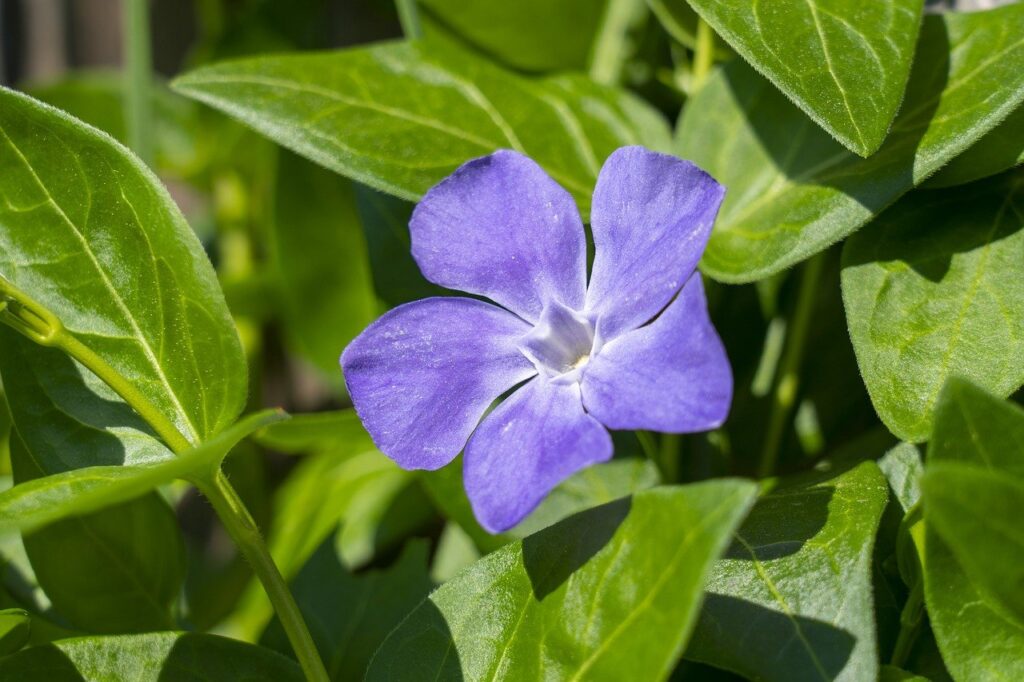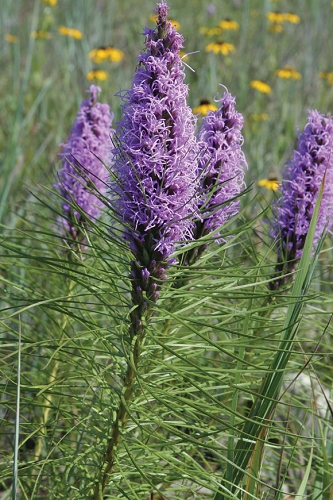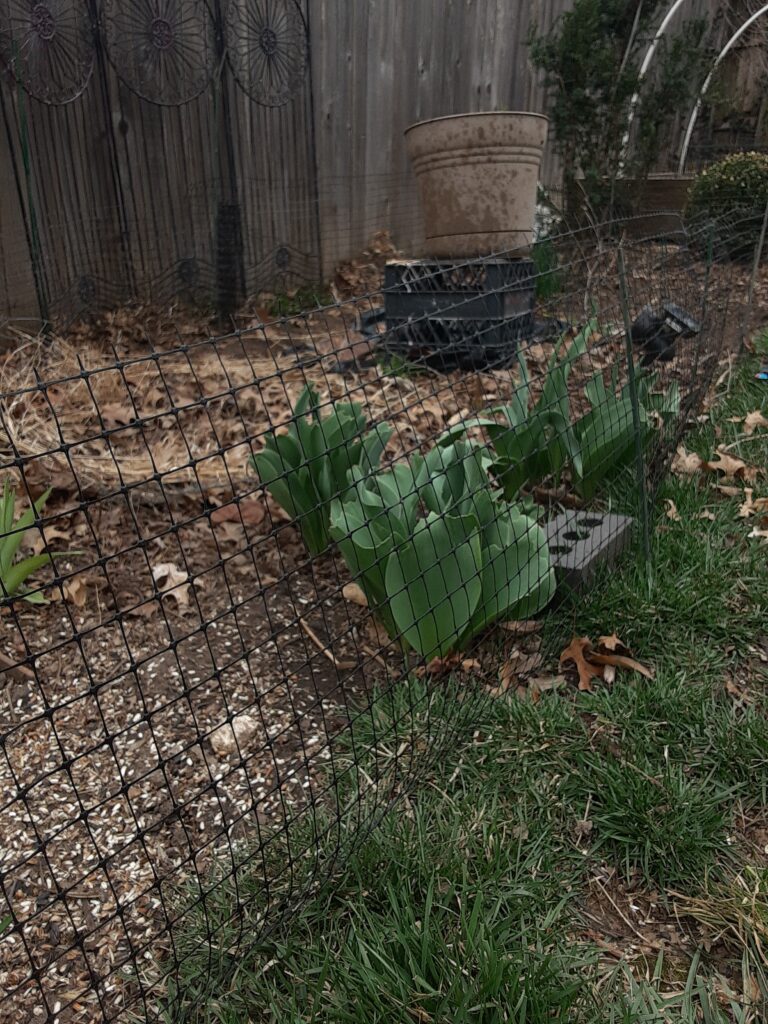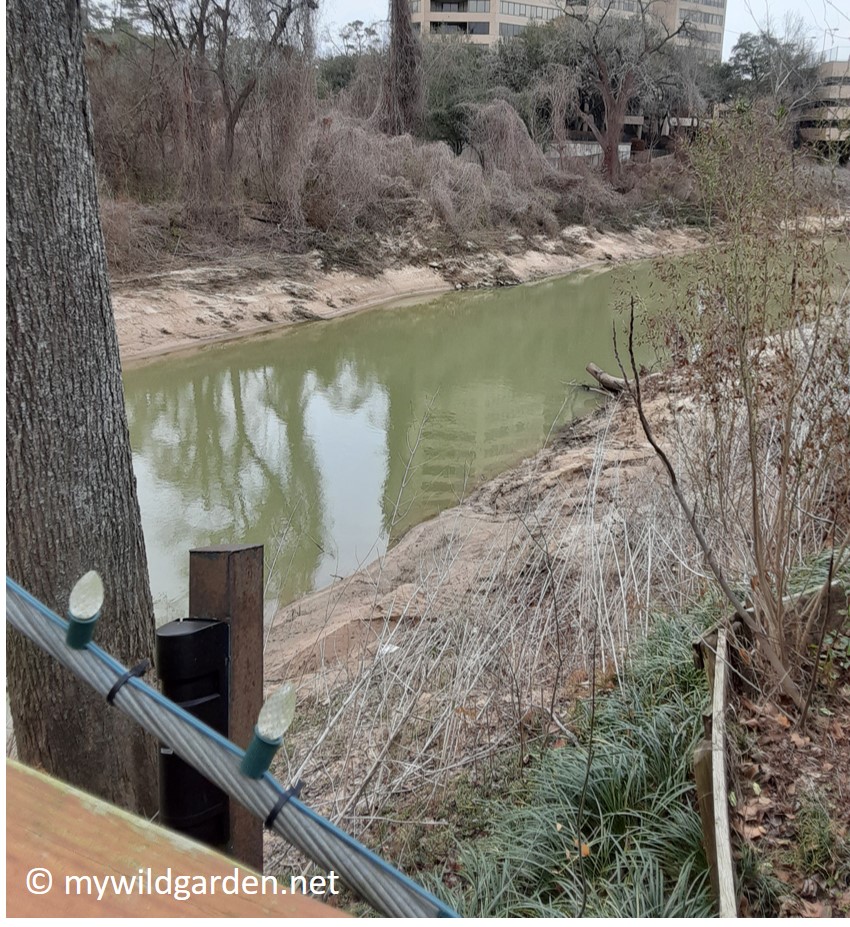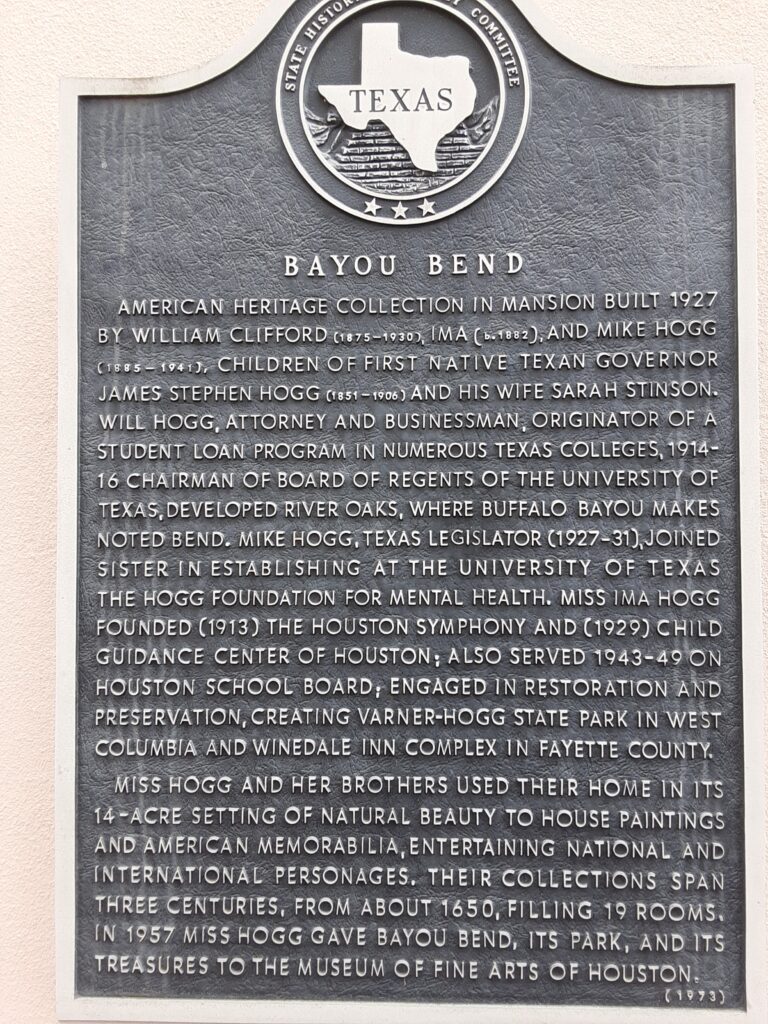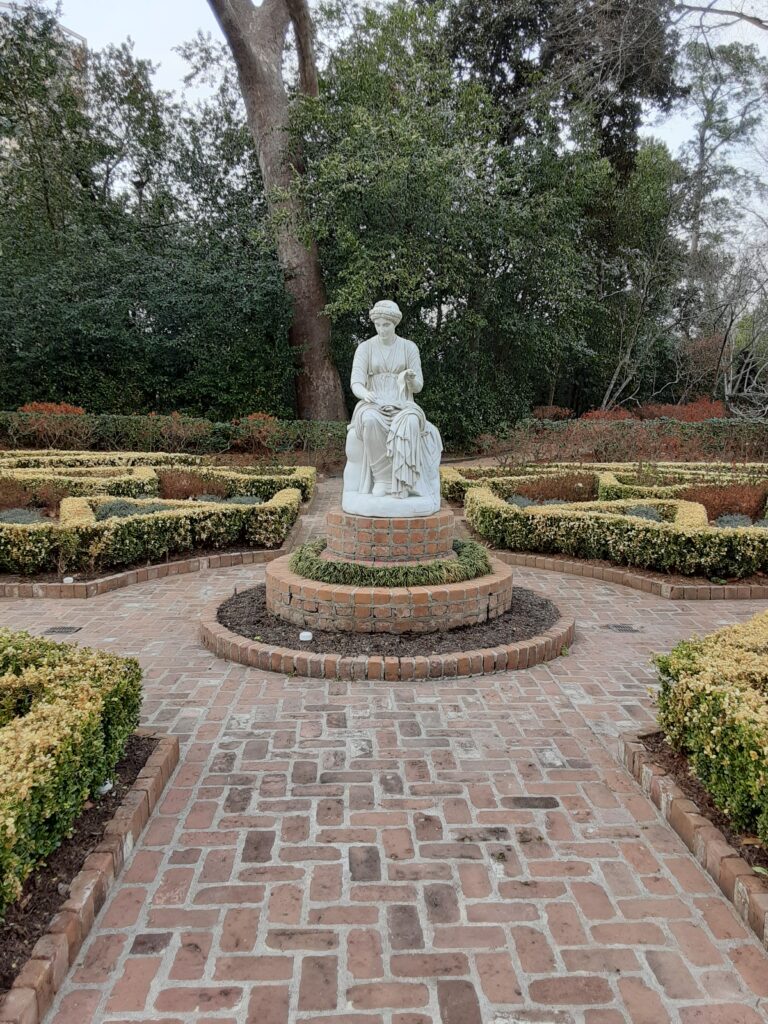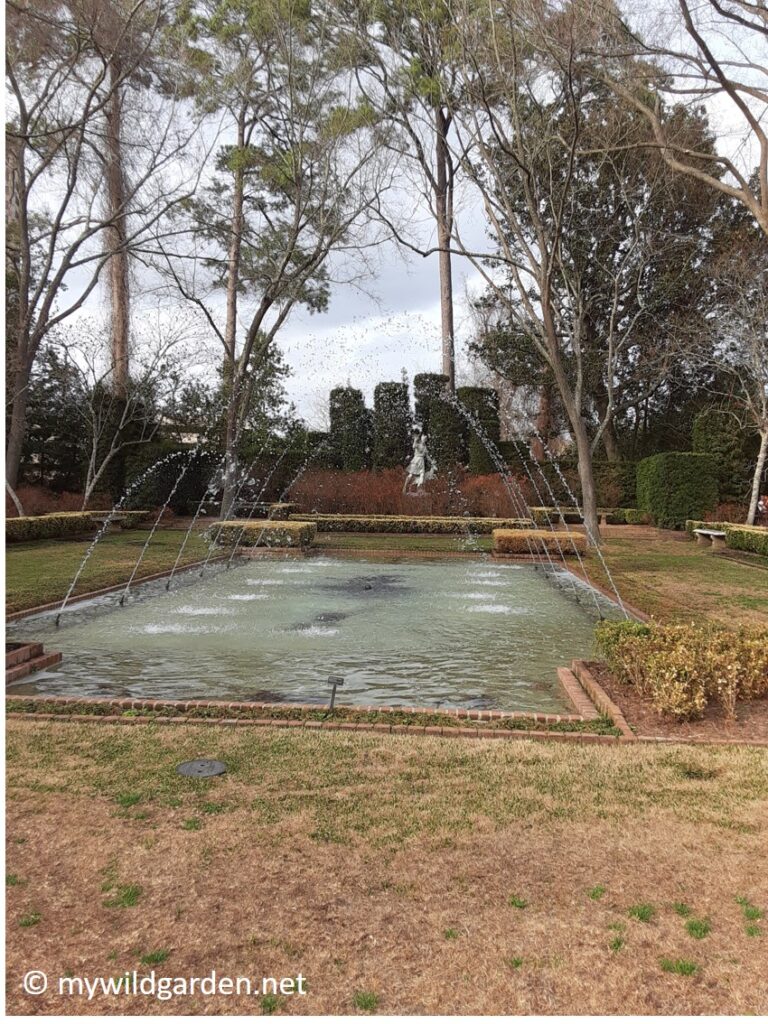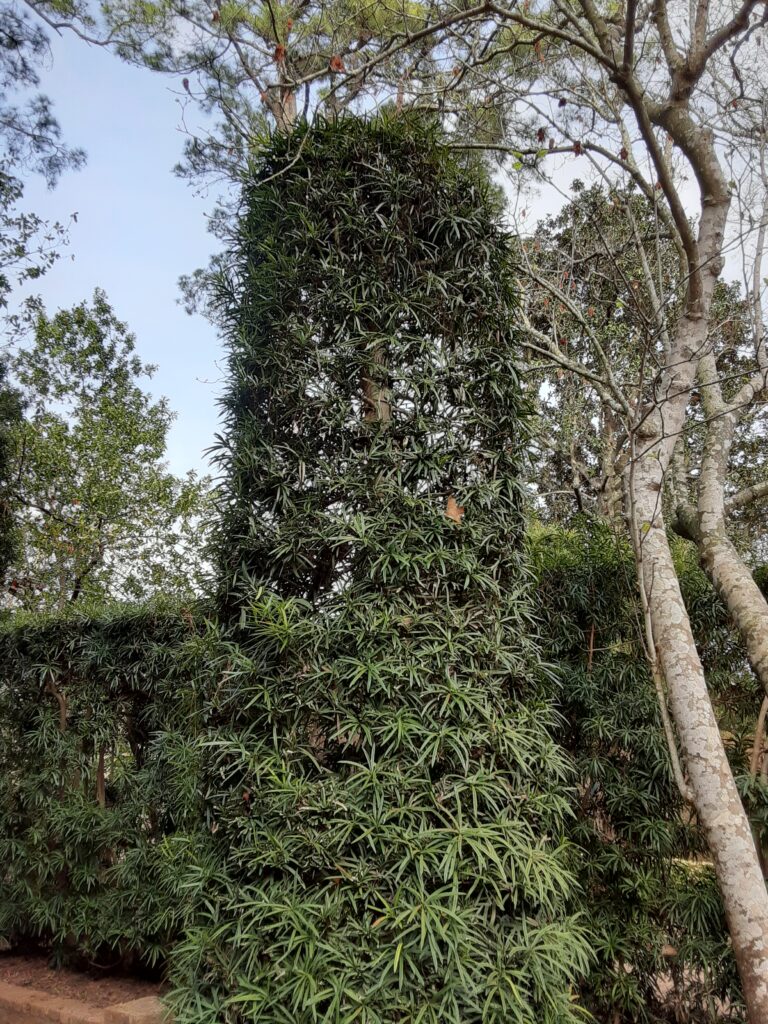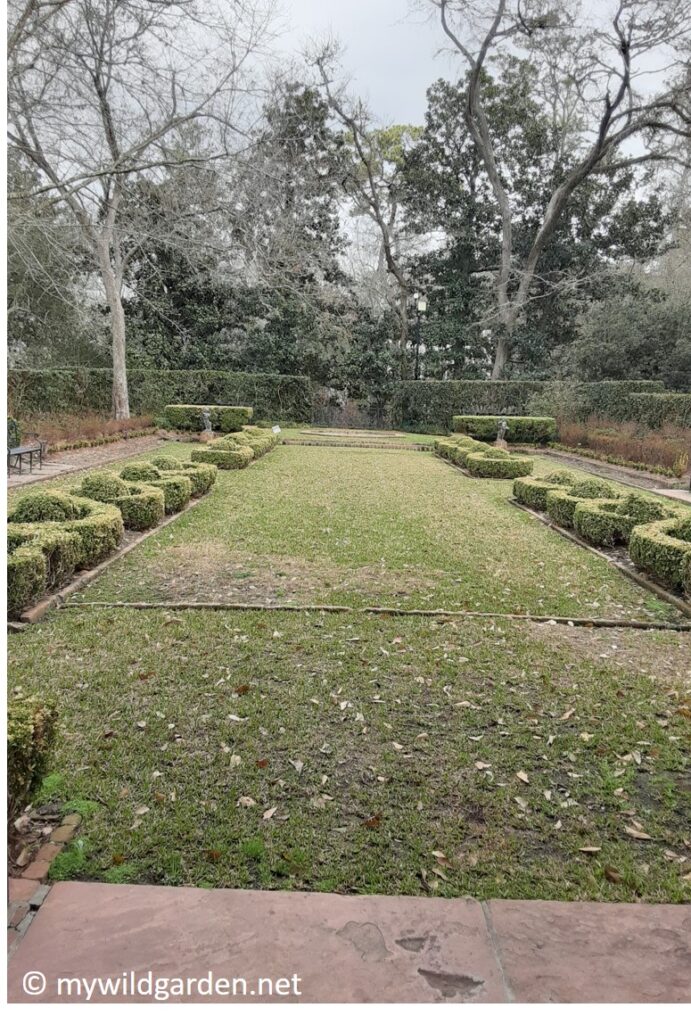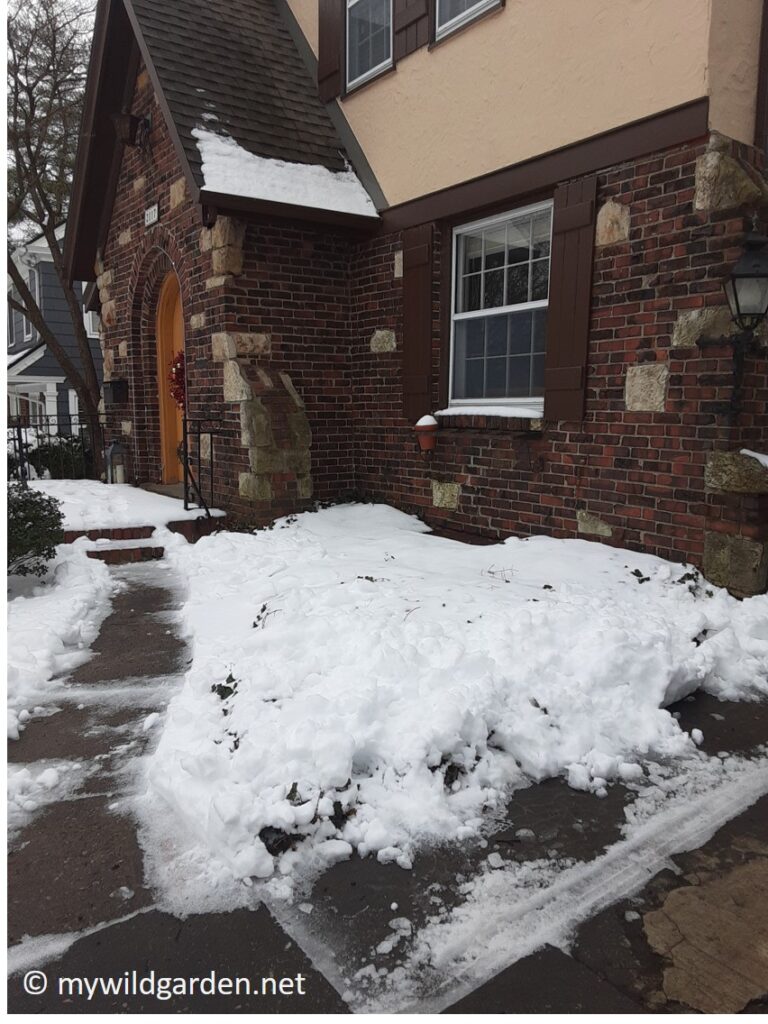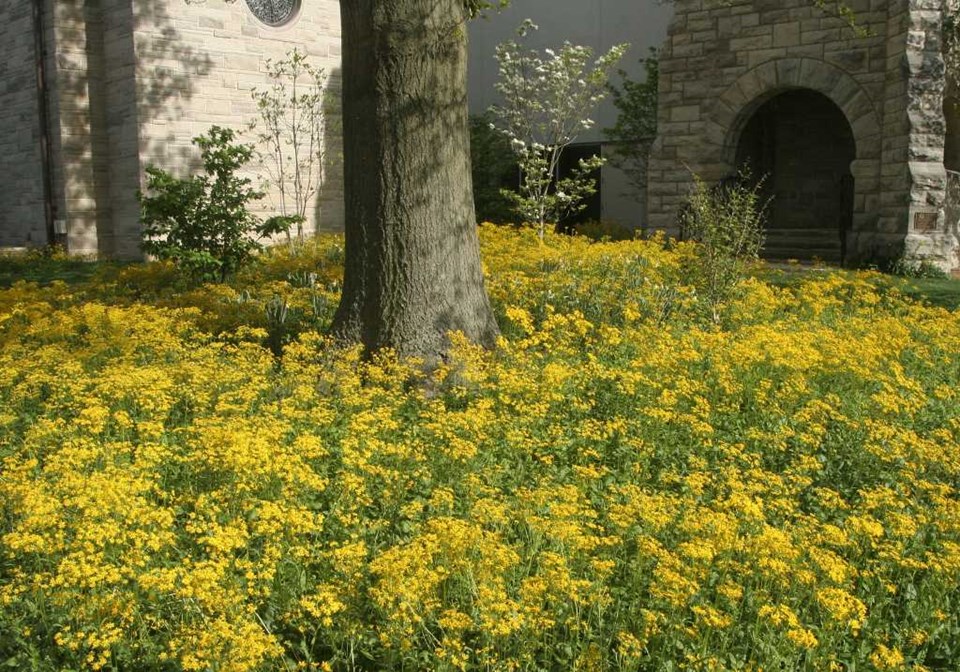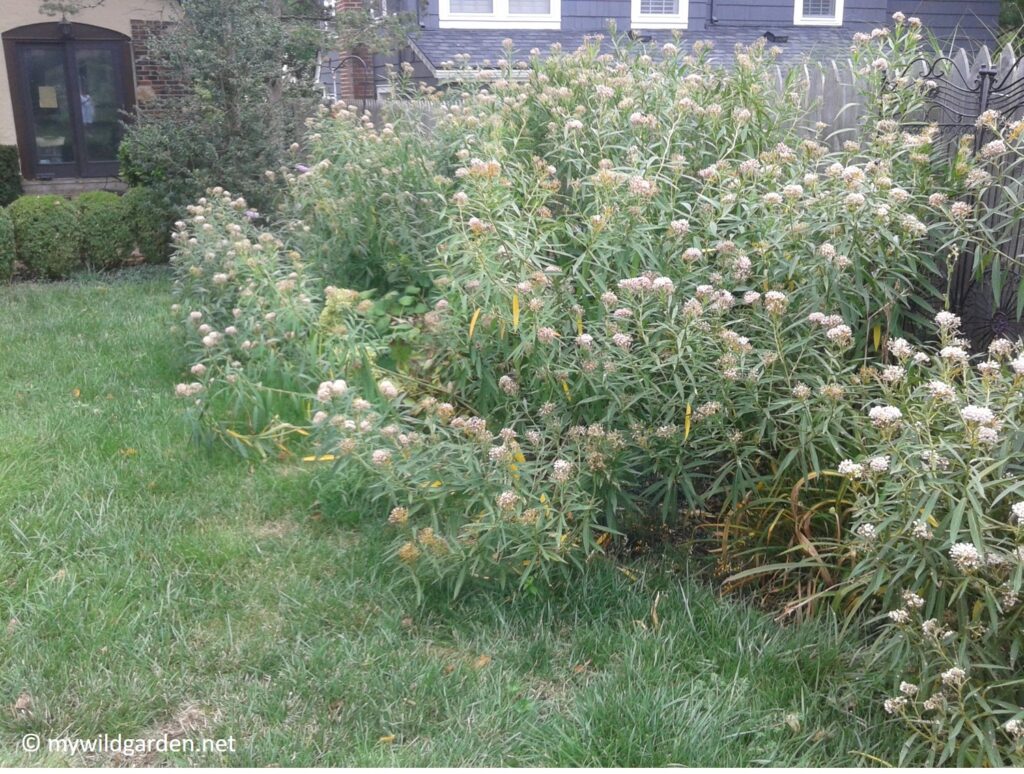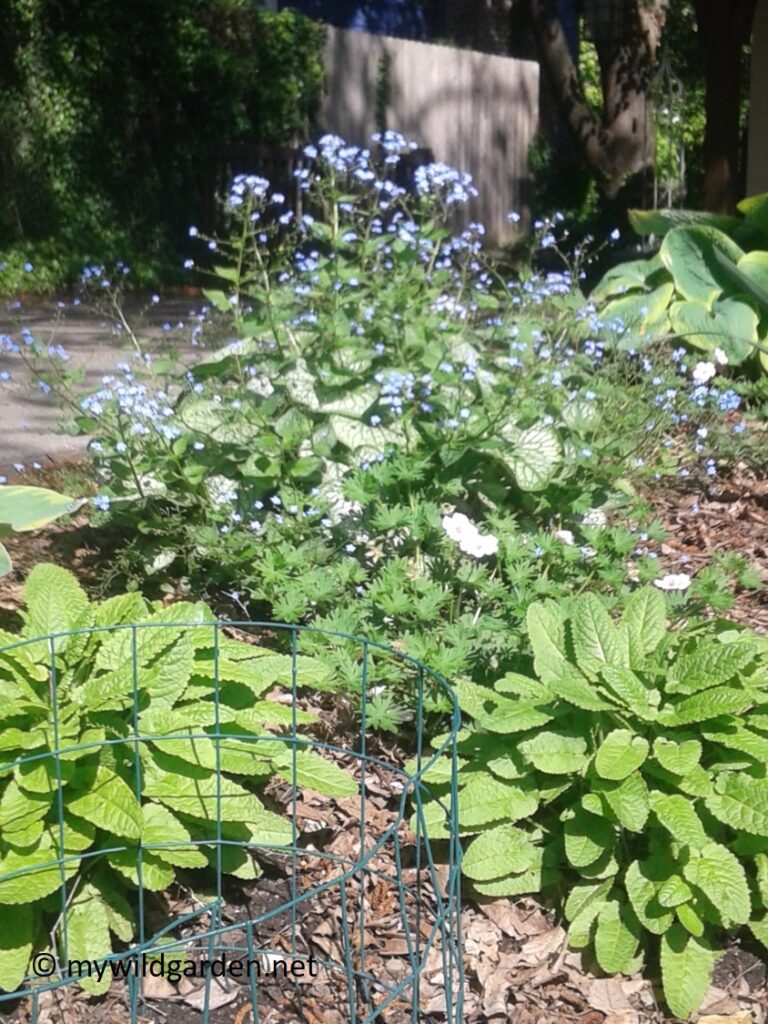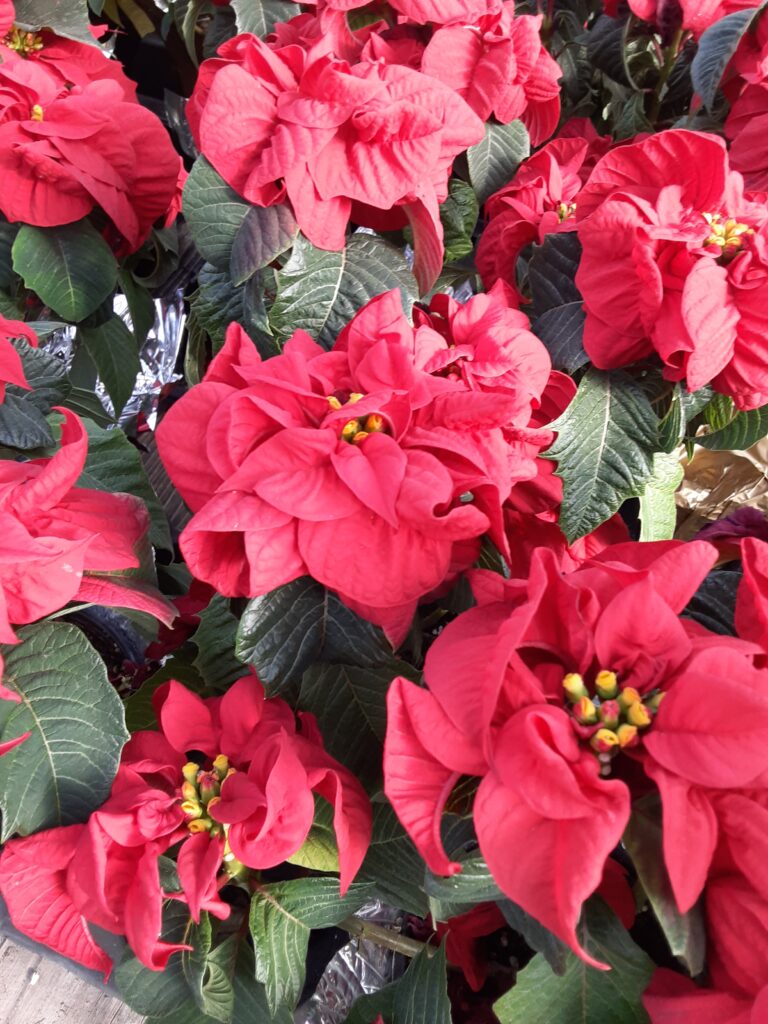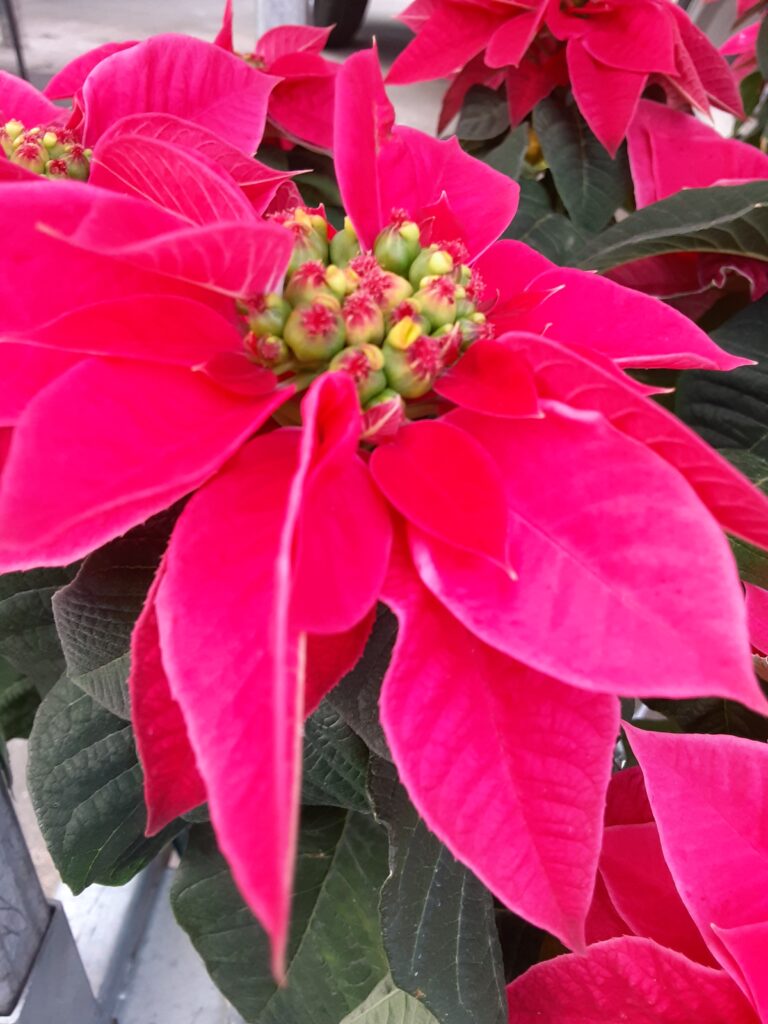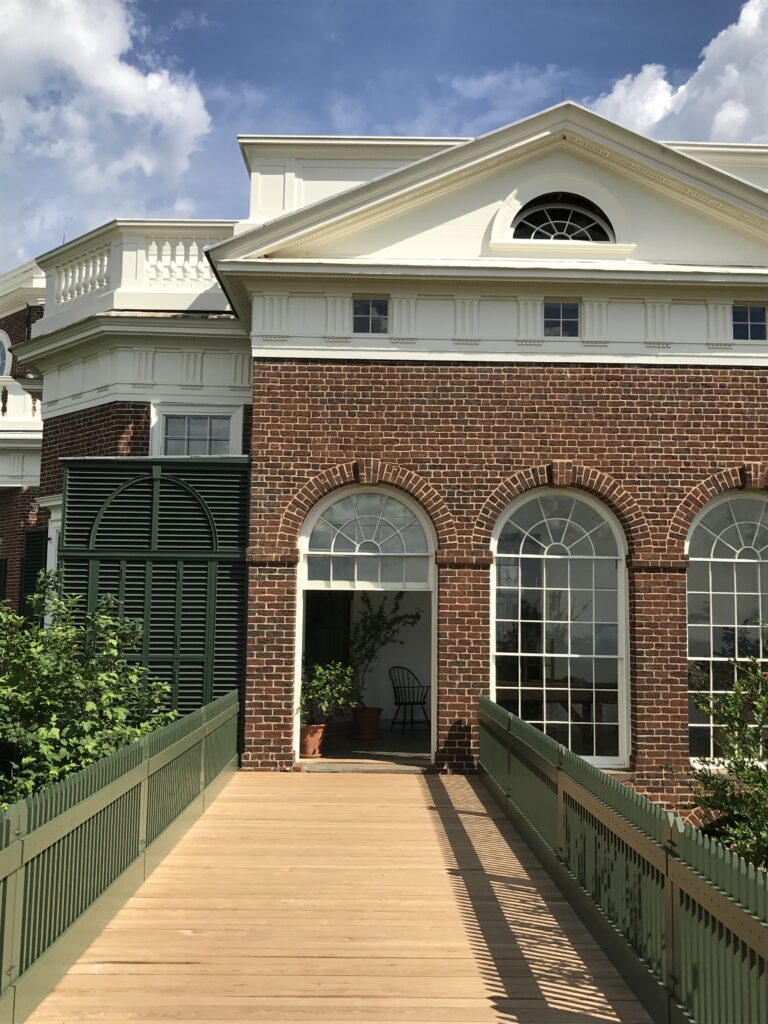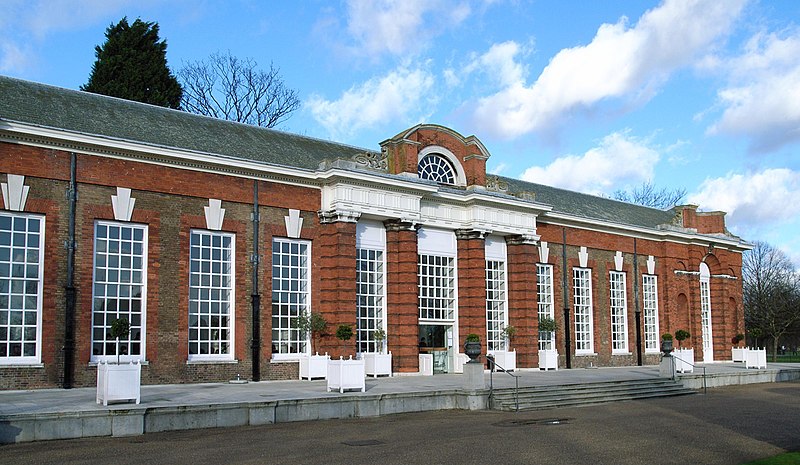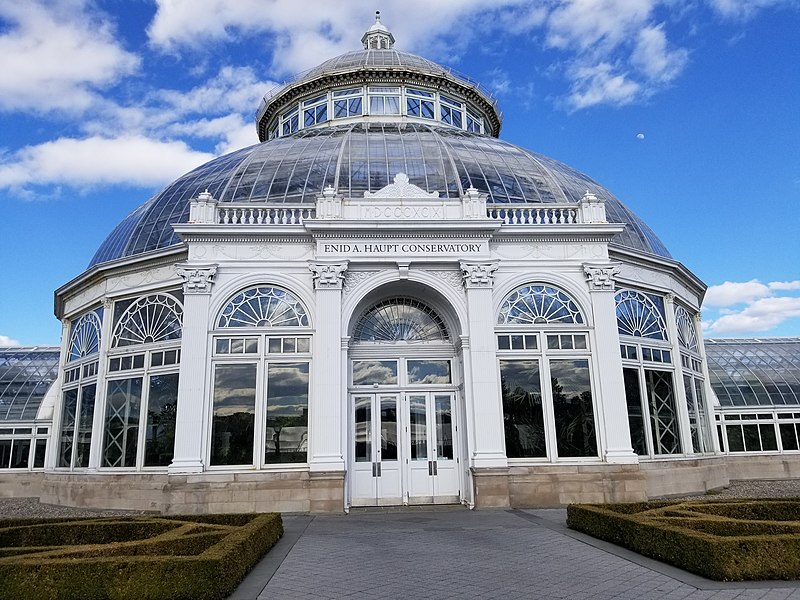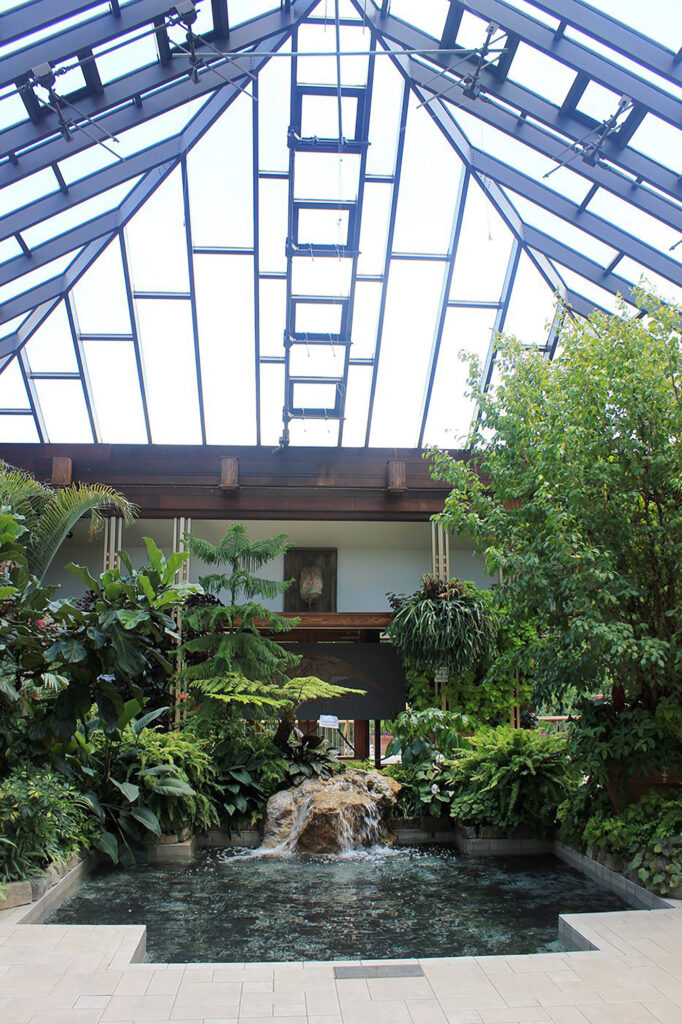At last, it’s spring. I hope everyone who wanted to was able to celebrate by getting out in the garden last weekend while the weather was good.
Although I was tied up for several hours Saturday tracking down a lost password so my daughter could submit some schoolwork, I did manage to make progress on some of my garden goals. I dug out the ivy from the shady area in front of our house.
Wow. Our pup Teddy has gotten so much bigger in just a few weeks. He’s seven months old now.
Wintercreeper, ivy, and vinca: every place I’ve lived in Kansas City has been overrun by these popular groundcovers.
Euonymus fortunei, the spindle, Fortune’s spindle, winter creeper or wintercreeper. The names are picturesque but the plant is a pain. I feel the same way about ivy (Hedera helix, the common ivy, English ivy, European ivy, or just ivy). On its page, the Missouri Botanical Garden posts this warning in red: Weedy and Potentially Invasive: Do Not Plant.
This stuff can pull your house down. Wintercreeper’s shallow roots make it relatively easy to rip up, which I do whenever I spy it sprouting. Thanks to my efforts, this plot was 100% ivy. Digging it up took three days. The work wasn’t back-breaking, but it was monotonous. And afterwards, my back did hurt a little.
A neighbor said she found horseshoes when she dug up her garden. I hoped I’d find something like cool old bottles from 1927, the year our house was built, but all I unearthed was a golf ball and a broken light.
I must say, the soil in this area looks really good, better than the packed clay in other parts of the property. I dug up that butterfly bush too, so now I’m all set. My plant order from Prairie Nursery should arrive the week of April 13.
Thinking about the backyard
My fantasy is that I’ll expand the perennial planting in my backyard so it looks like a border at an English estate. To begin, I ordered these from the Missouri Wildflower Nursery in Jefferson City:
(These are not affiliate links, by the way.) I was able to pick all this up at the native plant sale at the Burr Oak Nature Center in Independence on March 13 (so I didn’t have to pay for shipping). If you missed it, Deep Roots KC lists several upcoming native plant sales on their website.
Right now, these plants are not at a dramatic stage. I’m not sure they even count as plugs. I’m worried I bought some boxes of dirt.
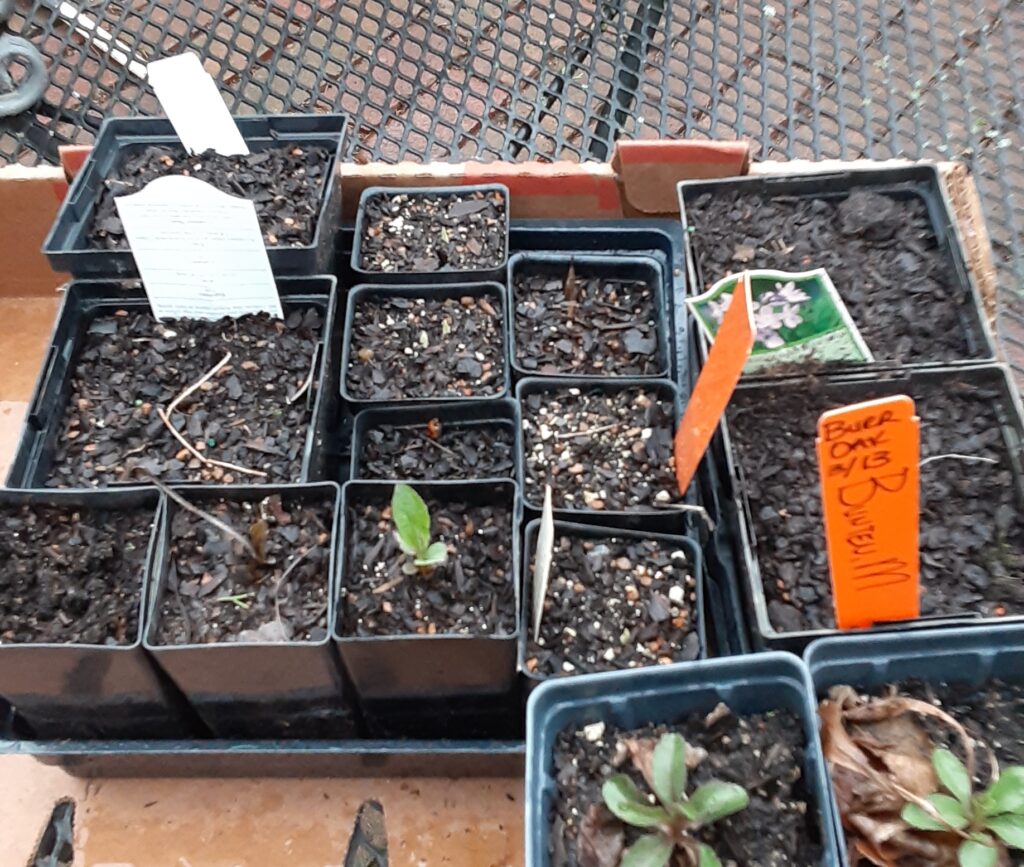
My knowledgeable friend says go ahead and plant perennials now, but can I even plant these? The weather over the next few days looks wet, so if I wait, maybe some signs of life will appear?
Yesterday I braved the crowds at Family Tree Nursery and got a flat of eight perennials for $29.99. This felt like browsing at an Easter buffet. Everything looked good. I winged it, didn’t shop from a list—crazy, for me—and just picked things up and dropped them in my cart. However, these are not natives, but cultivars. (The cultivar name in single quotes follows the Latin name.) Here is what I grabbed:
Leucanthemum × superbum, Shasta daisy,’Whoops-a-daisy’
Achillea millefolium, yarrow, ‘Little moonshine’
Echinacea, coneflower, ‘Sombrero Baja burgundy’
Agastache, ‘Blue boa’
Ditch the day lilies
Day lilies had sprouted in the area where I plan to plant—or ditch lilies, as my neighbor calls them. In June I love seeing their orange flowers blooming—in ditches. They are not what I want here. Back when my garden theme was found plants, I picked these up on a walk and planted them to fill a bare spot. It’s impressive to see how quickly they spread. I don’t remember them being like this last year. And while part of me thinks I could use them to cover other bare spots in the garden (there are several), other parts tell me to quit doing that. I don’t want them. I don’t have to decide now, though. The head-sized chunks are okay sitting around for now.
I thought day lilies were native, but the Missouri Botanical Garden says they come from Europe and Asia.
So now the ground is pretty much cleared for me to plant my perennials. I am worried that by doing so much digging I killed some things that hadn’t woken up yet, but I don’t exactly remember what was growing here before. We shall soon see.
Barrier methods work
What is even more destructive than I am? Rabbits. A huge one just hopped past my window as I wrote this. I’m sure it was hungry. When I shine a flashlight across it at night, the yard twitches with movement. The rabbits eat everything at tooth level. When the tulips scattered around the yard started sprouting, the rabbits chewed them down to the ground.
Now the yard is an obstacle course of wire fencing and bird netting. Barriers don’t have to be tall to be effective against rabbits. Young dogs require something stouter, however.
That’s about it for this week–except you might enjoy this article from the New York Times about wildflowers in New York City parks. It spends a little time differentiating between wildflowers and natives.
I love seeing the colors return: first green, then yellow, and eventually the tea-stained blush of hellebores and Japanese magnolias. It’s a great time of year. I hope you have a chance to enjoy it.




